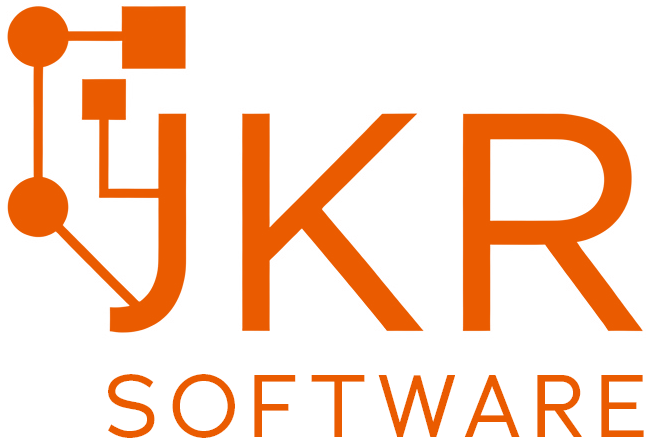Traceroute Tool
✅ No tracking • No cookies • No login required — just results.
What Is Traceroute?
Traceroute shows the path packets take from your machine to a destination, revealing each router (hop) along the way and its round‑trip time.
Why Use Traceroute?
- 🛣️ Path Discovery: See each network hop to the target.
- ⏱️ Latency Breakdown: Measure delay at each hop.
- 🚧 Fault Isolation: Identify where packets get dropped or slowed.
How Traceroute Works
Traceroute discovers the path packets take to reach a destination by sending a series of probe packets with incrementing Time‑To‑Live (TTL) values:
- Initial probe: Sent with TTL=1 → expires at the first router → that router returns a “TTL expired” message, revealing its IP.
- Next probe: Sent with TTL=2 → reaches the second router → you learn hop 2.
-
Increment TTL: This continues—TTL=3, TTL=4, etc.—until
either:
- The probe reaches the target (you receive a “port unreachable” or ICMP echo‐reply).
- You hit your max‑hops limit and stop probing.
- Measure latency: Each hop’s round‑trip time is recorded, showing where delays occur along the path.
- Handle timeouts: If a router drops probes or doesn’t respond in time, you’ll see a “*” for that hop—and traceroute moves on to the next TTL.
Explore more free tools:

